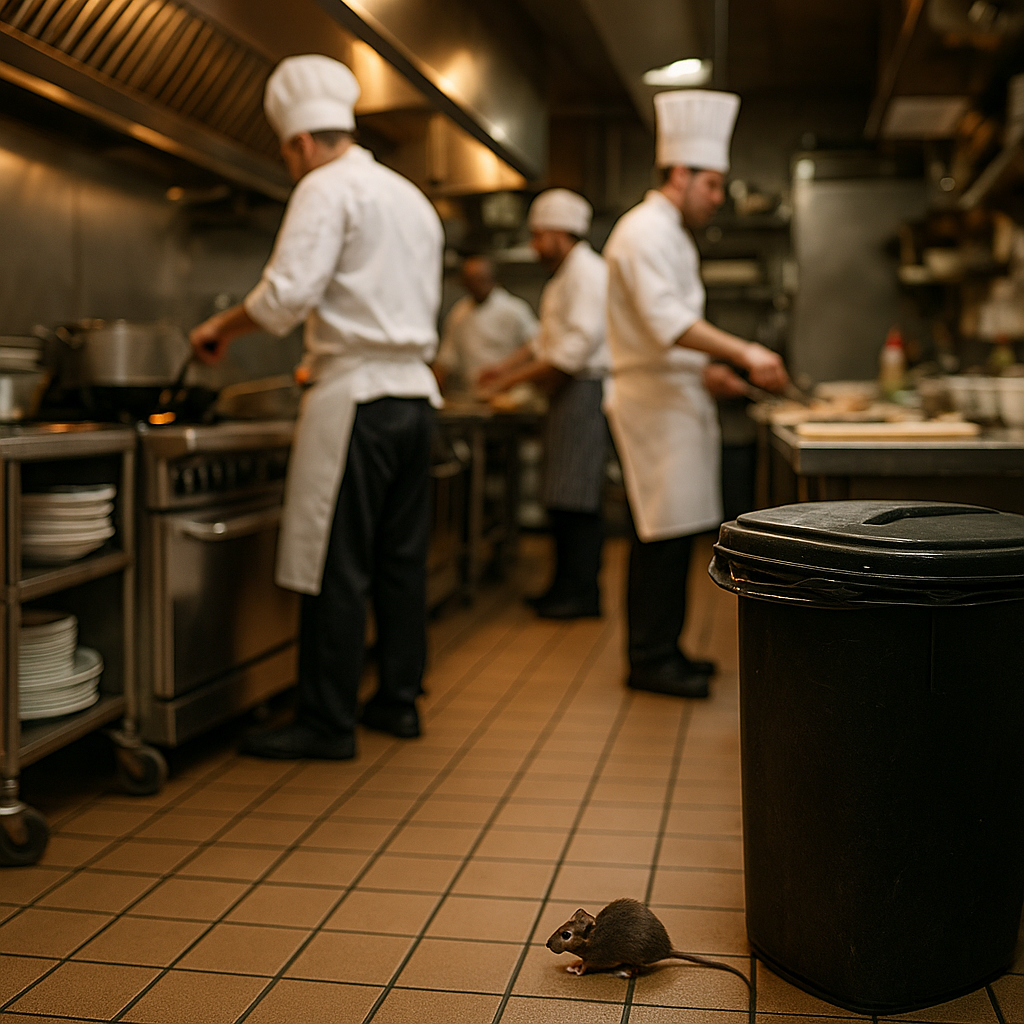Why insect reports are sensitive, but not a drama
Whether in a care room, guest apartment, or restaurant – an insect report usually immediately triggers unease and pressure to act.
The rule is: a single finding does not automatically mean an infestation.
Still, the moment is crucial – because how you react determines
- whether trust remains,
- whether the problem can be controlled,
- and whether possible reputational or hygiene damage can be avoided.
A factual, orderly approach is key here.
Step 1: Stay calm and take it seriously
Reports about insects are often accompanied by emotions – from disgust to concern to anger.
It is important to exude calm and handle the situation professionally.
✅ Take it seriously: Thank for the notice without downplaying the incident.
✅ Act discreetly: No public discussions or excitement in the room.
✅ React immediately: The sooner you check, the sooner all-clear can be given.
Trust is built through visible, calm actions – not through frantic reactions.
Step 2: Visual inspection and documentation
Systematically inspect the reported area:
- Mattress edges, sockets, joints, behind moldings or furniture
- Kitchen or waste areas in catering businesses
- Technical or heating rooms in buildings with infrastructure issues
Note:
- Location, time, reporter
- Visible traces (e.g., small spots, shells, bites, movements)
- If possible, take a photo for later evaluation
💡 Tip:
For suspected bedbugs, monitor traps like these are suitable
👉 Catchmaster bedbug monitors,
to determine within a few hours whether there is actually activity.
Step 3: Secure and communicate the area
If a resident or guest is affected:
- Carefully remove bedding or textiles in sealed bags
- Do not use sprays or cleaning agents – they can erase traces
- Inform hygiene management or management internally
In hotels or restaurants, the rule is:
- Temporarily block off table, room, or area
- Briefly inform staff, do not spread panic
- Initiate discreet cleaning or monitoring
Transparency is important – but internal before external.
This is how you avoid misinformation or unnecessary uncertainty.
Step 4: Identify the cause – with a system, not speculation
A common mistake is to take action immediately without knowing the source.
A targeted analysis is better:
|
Possible cause |
Example |
Recommended measure |
|
Introduced insects |
Via luggage, visitors, deliveries |
Control & monitoring traps |
|
Hygiene problem |
Organic residues, waste, heat |
Cleaning & steam disinfection |
|
Building factor |
Leaks, ventilation, light sources |
Sealing & prevention |
|
External infestation |
Neighborhood, garden, waste areas |
Have the surroundings checked |
By systematic approach, you can determine whether it is a one-time finding or a real infestation.
Step 5: Act chemical-free – safe for people & rooms
No chemical insecticides that leave residues or odors may be used in care and hospitality areas.
Physical and thermal methods have proven effective here:
- Hot steam devices against bed bugs, mites, or fleas (e.g. Cimex Eradicator)
- LED-UV traps against flies and mosquitoes (e.g., NK DECO 151 LED-UV device)
- Sticky traps & monitoring systems for infestation control
These methods are:
- residue-free,
- odorless,
- safe for residents, guests, and staff,
- and HACCP-compliant.
Step 6: Follow-up and prevention
After treatment or all-clear applies:
- Thoroughly clean and ventilate rooms.
- Install new monitoring traps to rule out recurrence.
- Document internal reports to keep the incident traceable.
- Raise staff awareness on how to recognize early signs.
Good prevention means being able to react faster and more targeted next time.
Conclusion: Professional action builds trust
Insect reports are never pleasant in care and hospitality – but they are manageable if you respond in a structured way.
Those who stay calm, check the findings, and use chemical-free solutions,
not only demonstrates competence but also protects the trust of residents and guests.
A quick response combined with clear communication ensures that an incident does not become a reputation problem –
but an example of professional hygiene management.






